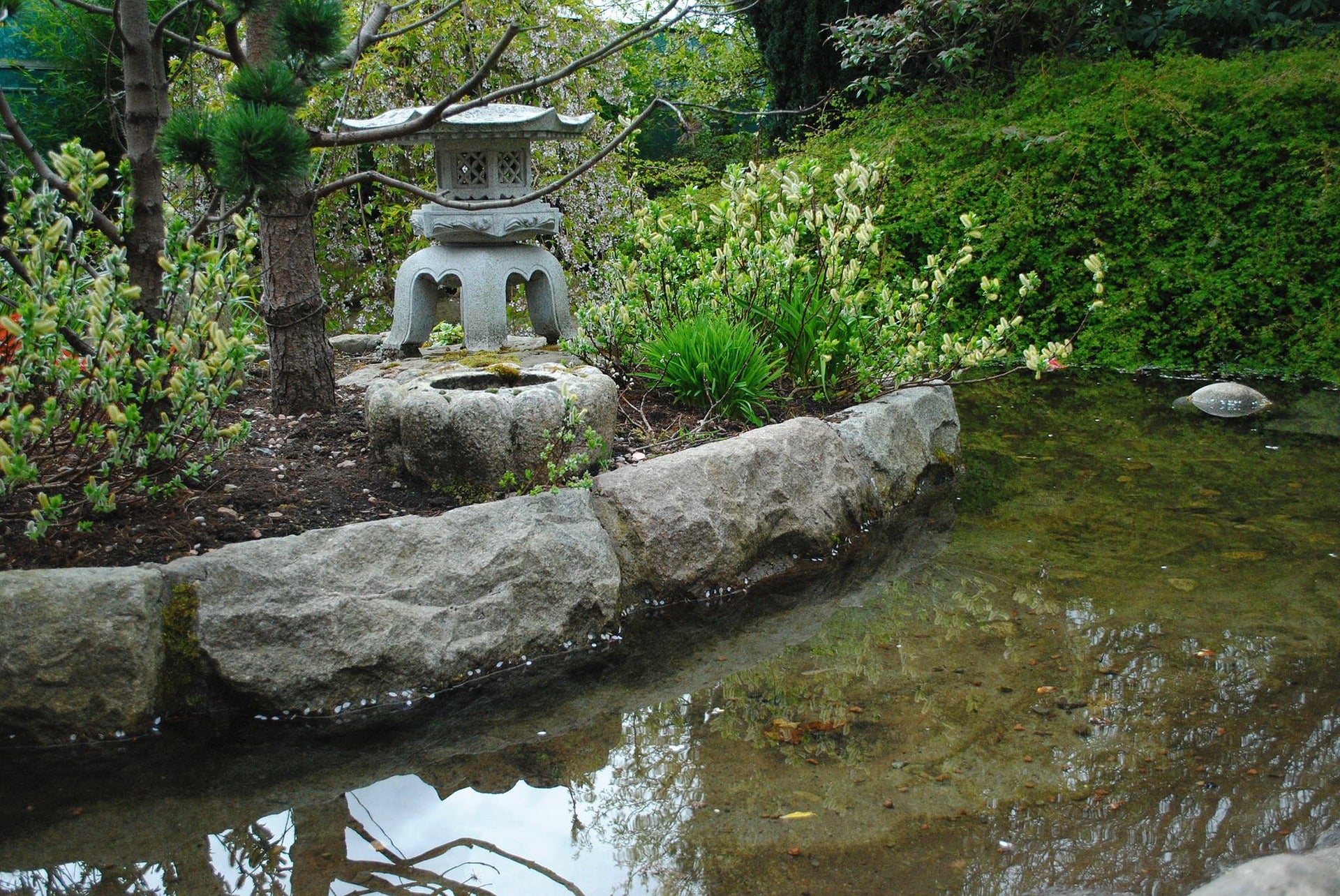You have heard of ‘friendly’ gut bacteria, right? That phrase used in advertising to promote a certain biotic yoghurt drink that is said to promote a healthy gut?
Beneficial pond bacteria is similar.
If you’re new to owning a pond, or are planning to build a pond, it’s useful to know a little about the natural processes that go into keeping it healthy.
Even though you may use, or plan to use, a pond filter and clarifier, that’s only part of what goes into a healthy pond.
There’s a lot more to it than that, including beneficial pond bacteria.
What are beneficial pond bacteria?
Beneficial pond bacteria are those billions of bacteria that work night and day to help keep your pond healthy and your fish happy.
There are both aerobic bacteria that work fast to help achieve balance and anaerobic bacteria. Those are slower moving, but equally effective.
They contribute heavily to the nitrogen cycle, something you’re going to have to become very familiar with as a pond owner.
The nitrogen cycle describes the natural process of pulling nitrogen from the air, metabolising it into ammonia, processing it into nitrite.
This all happens naturally, but must be kept in balance to keep the pond healthy.
Too much ammonia and the pH level climbs too high. The same for nitrite. Too much nitrate at you’ll cause algae blooms.
Anaerobic bacteria can also be beneficial but work much slower than aerobic bacteria.
You would typically find anaerobic bacteria in places like the pond filter, working at a slower pace as part of the nitrogen cycle.
Anaerobic bacteria also digest soluble phosphorus into calcium phosphate and calcium iron phosphate, both of which can occur within the water.
The nitrate cycle and healthy ponds
So, you now know that all ponds will eventually reach equilibrium where the plants, fish and bacteria balance the nitrate cycle to a healthy level.
This cycle can take around 80 days depending on the size of the pond.
In new ponds, this is called ‘new pond syndrome’. You build a new system, introduce new plants, new water and new fish and have to wait quite a while before everything works out its place in the world.
Once a pond reaches equilibrium, it can safely sustain healthy life and should be maintained at that level for as long as possible.
Much of this will be achieved by beneficial bacteria playing a big part in the nitrogen cycle.
This is the time when regular water testing can be useful.
Testing every couple of weeks as your pond beds in will show how much ammonia, nitrite and nitrate is in your water by the pH level.
Some tests will also show you what else is in the water too, but it’s the pH you need to be most careful with.
How to kick start beneficial pond bacteria
You will introduce beneficial bacteria when you add rainwater, plants, rocks or stones and other natural elements.
You can also add manmade cultures that contain billions of beneficial pond bacteria to kick start the process.
You can buy specific products that you can introduce to your pond water with the full range of beneficial bacteria within them.
You don’t need these products, as it will all happen naturally anyway. But if you want to get things moving, or you need to improve the health of your pond a little, they won’t hurt.
You cannot overdose on healthy bacteria so don’t be afraid to add any compounds that include them.
While it’s much better to help your pond reach a natural equilibrium, there is nothing wrong with giving it a helping hand.
We know of no negative outcomes from using beneficial pond bacteria products.
How to keep a pond healthy
Beneficial pond bacteria are just one of many components of a healthy pond. Everything depends on having enough oxygen to operate, including aerobic bacteria.
That means using the right pond pump for the size of the pond and an effective clarifier to minimise algae and harmful bacteria.
Look closely at your pond plants too. They also contribute to the nitrogen cycle, help clean the water and generate oxygen.
Plants also absorb phosphates that are produced by other natural processes. Keeping control of both nitrate and phosphate levels is key to a healthy pond.
Beneficial bacteria and healthy ponds
Beneficial pond bacteria can be thought of just like healthy gut bacteria. Those billions of microorganisms that help the body remain healthy and absorb nutrients and process otherwise harmful compounds.
They offset harmful processes and help keep everything working in harmony.
The bacteria also needs a healthy environment in which to thrive, which is where you come in.
Keep your water oxygenated, use a pond pump, filter and clarifier, manage your plants and keep an eye on fish stock levels.
Don’t be afraid to tweak here and there when things go out of balance, but tweak carefully and in the right direction.
Over time, your pond will find a natural balance and order to things and your fish should thrive!
